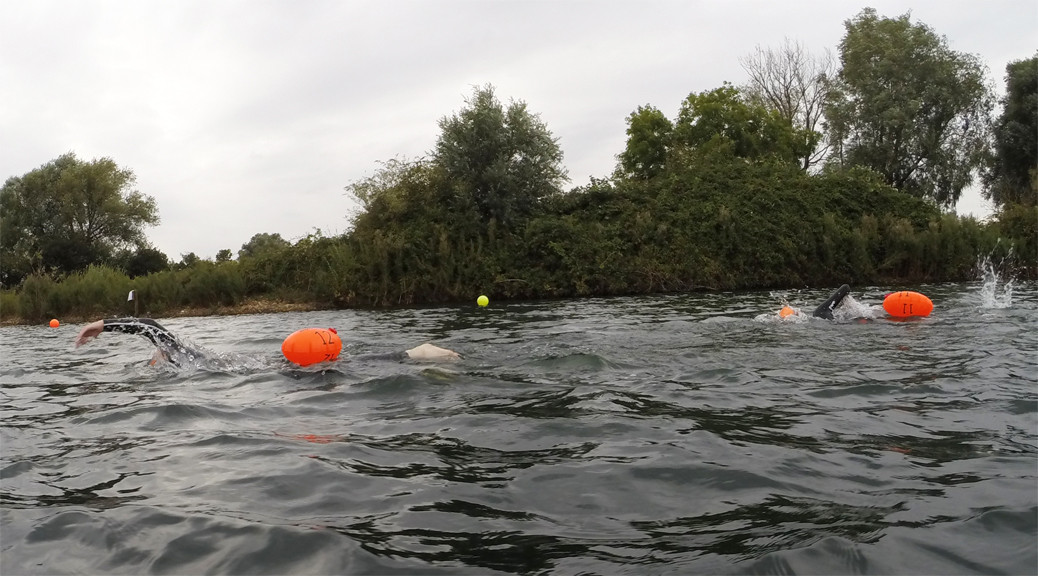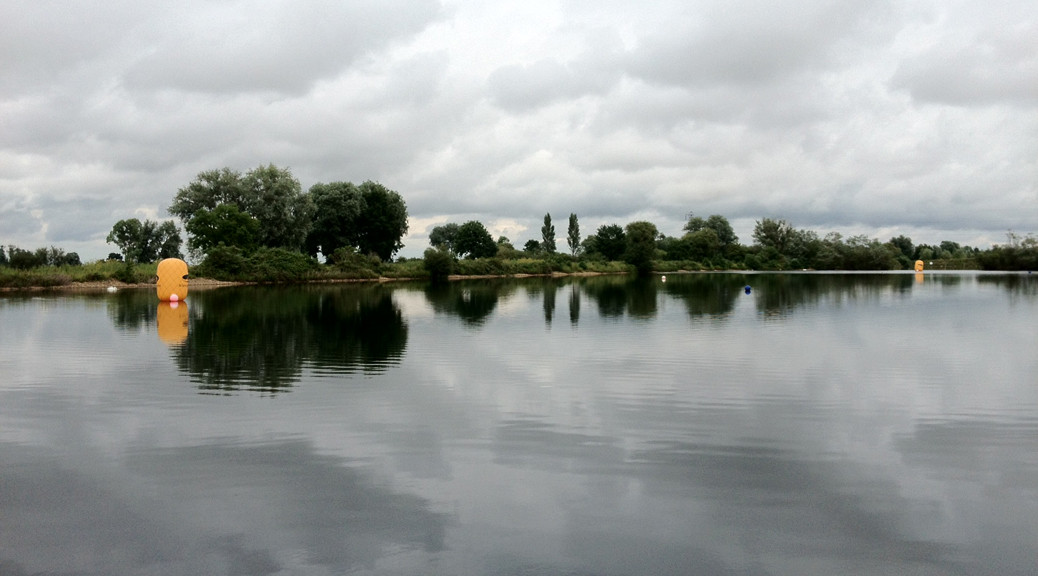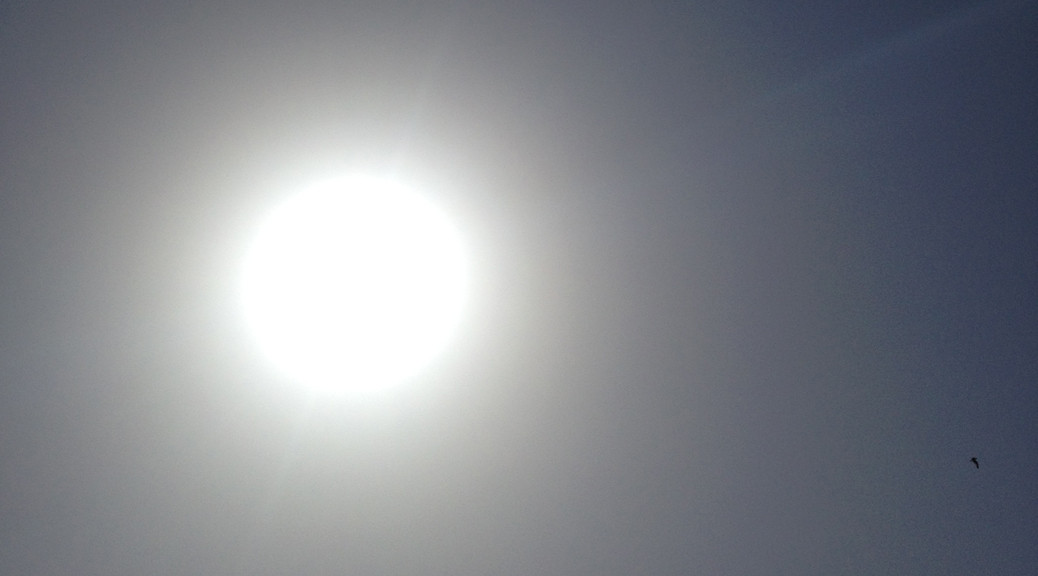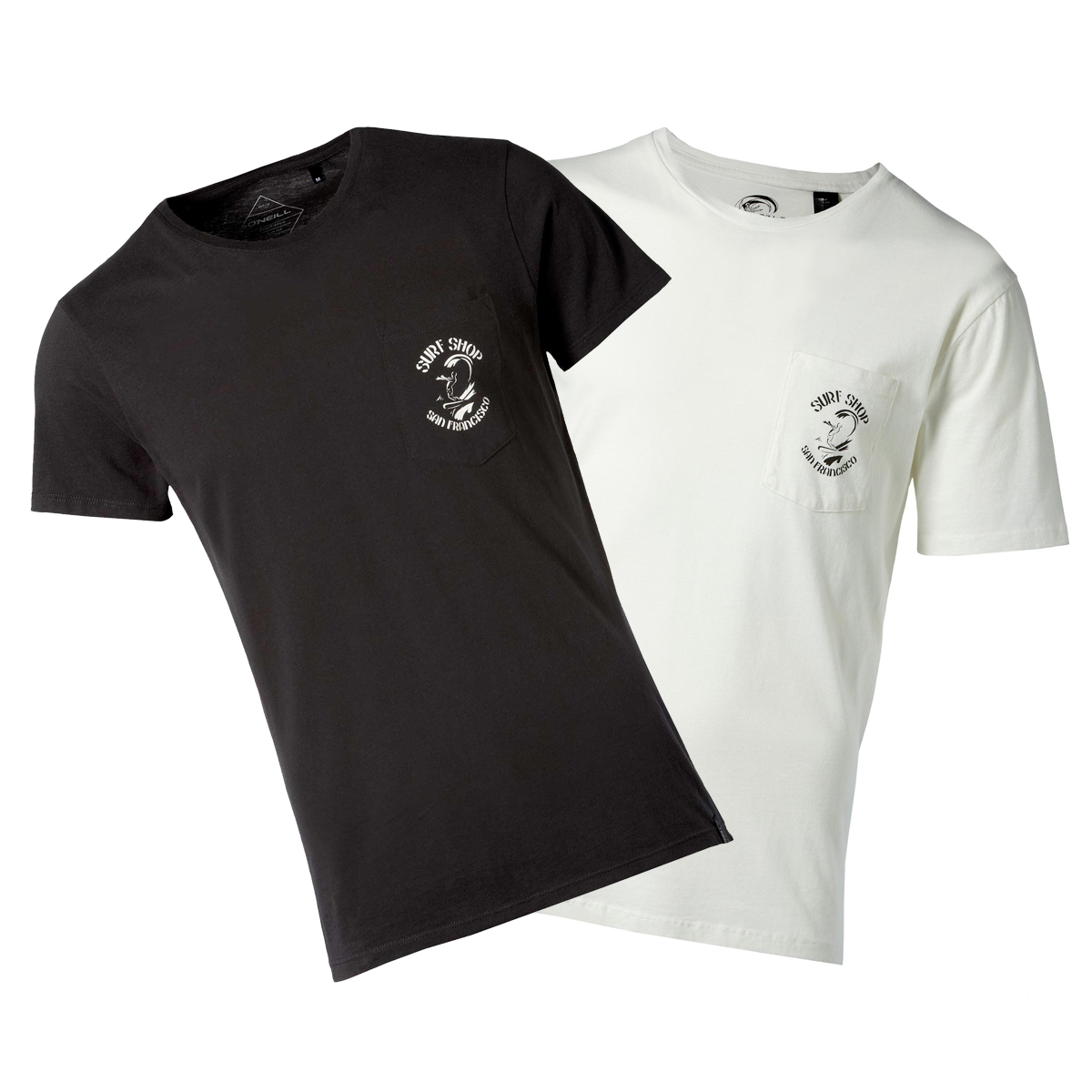Wetsuits youʼve got to love them! They are an essential piece of kit to wear for open water swimmers and at certain temperatures are mandatory in some open water swims and all triathlons.
So how do we choose a wetsuit and what should it fit like?
Firstly, price is not a good guide alone. Expensive high end suits are almost always designed for the elite end of the sport and will reflect this in terms of buoyancy. Most open water swimmers and especially the majority of triathletes do not kick enough or even at all (you know who you are). Buying a high end suit with little floatation in the legs will not help you swim faster. Check your swim ability and your position in the water and research the suits designed for your swim type. Manufacturers make a range of suits so pick the one that is most closely designed for your swim ability.
Once you have made your choice you need to get the right fit. It should be very snug (even uncomfortable) out of the water. No saggy bits and make sure the suit comes up into the crotch area and the armpits. The small of the back should fit well and when zipped up check for fit by getting someone to pull gently, it should be a suction fit with no gap.
Check out the short video, it shows how to put a wetsuit on.
Fold in half first and concentrate on the legs, slowly ease yourself in and ease the material into the key areas before zipping up.
Check for a good seal around the neck and arms. If the suit is too lose water will flush through and make swimming harder and colder.
Use some lube to avoid chaffing or come up with a good excuse for the ʻlove bitesʼ that your suit will provide if you forget. The best advice is to try before you buy if possible. And remember the zip goes at the back!




